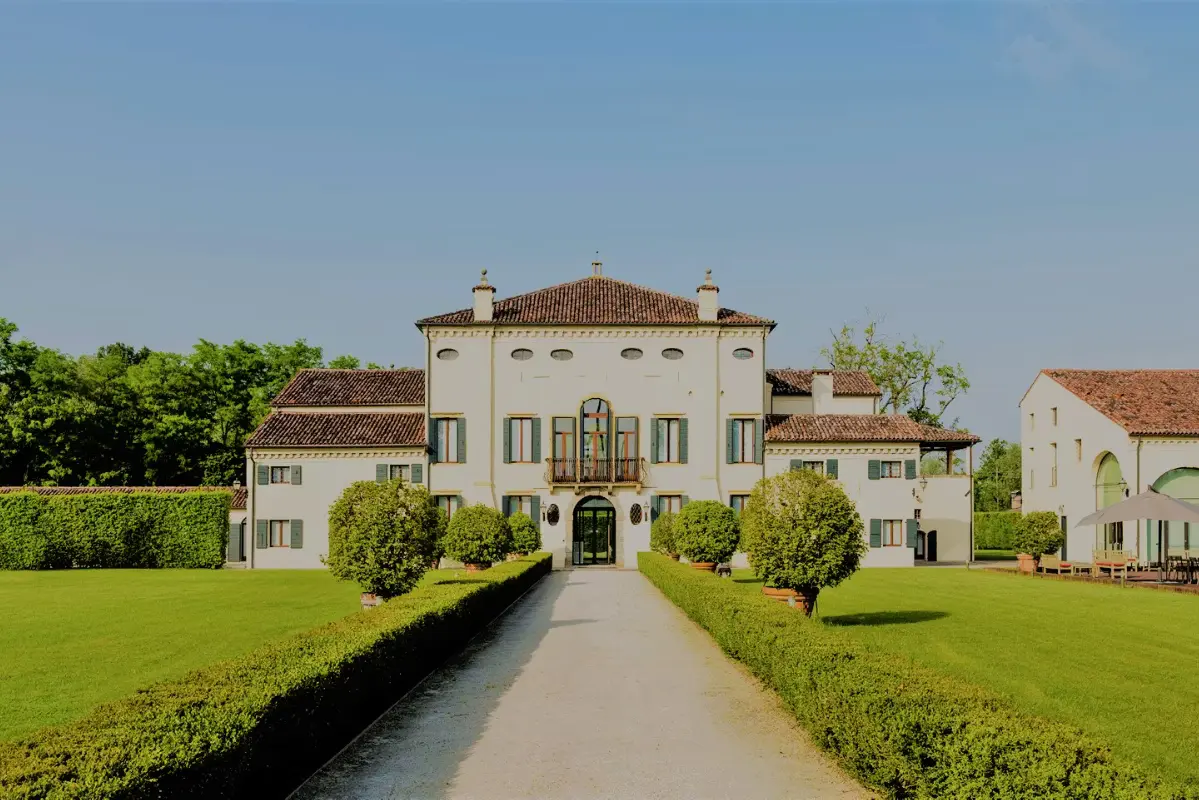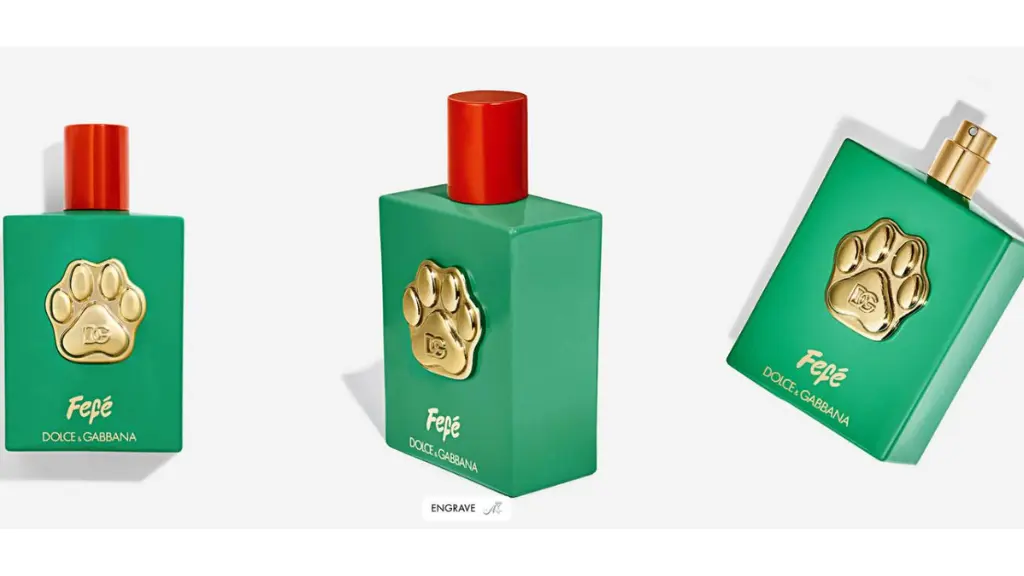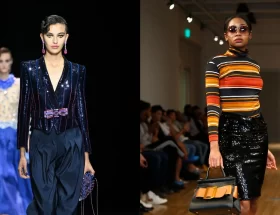In the competitive world of luxury fashion, standing out requires more than just top-tier designs and high-quality materials. It demands strategic vision, innovation, and an understanding of evolving consumer needs. Kering Eyewear, a subsidiary of the luxury conglomerate Kering, has done just that, earning a spot as the subject of a Harvard Business School case study.
You May Also Like: The 2025 Luxury Market Outlook: Trends and Predictions
Kering Eyewear’s Rise to Prominence
Kering Eyewear is a relatively new player in the luxury eyewear market, but its rapid rise has made it one of the most prominent names in the industry today. Launched in 2014, Kering Eyewear initially focused on producing eyewear for some of the world’s most famous luxury brands, including Gucci, Saint Laurent, and Alexander McQueen. However, Kering Eyewear has gone beyond merely supplying eyewear to luxury fashion houses—it has redefined the eyewear sector as a whole.
The company’s ability to merge high fashion with cutting-edge technology, and focus on sustainability, has set it apart from competitors. From the very beginning, Kering Eyewear built its reputation on more than just aesthetics.
The Harvard Case Study: A Focus on Strategic Innovation
Kering Eyewear’s inclusion in a Harvard Business School case study highlights its remarkable business strategy, which integrates both innovation and sustainability in ways that disrupt the traditional eyewear market.
The case study explores how the brand managed to achieve rapid growth in a highly competitive market. Harvard scholars focused on the company’s ability to leverage Kering’s luxury portfolio to make strategic moves. By collaborating with leading fashion houses, Kering Eyewear tapped into the existing brand equity and expanded the product offerings.
Another key area of focus in the case study is Kering Eyewear’s operational efficiency. The brand used a combination of in-house design teams and cutting-edge manufacturing to deliver high-quality eyewear. Its use of digital technology to improve both customer experience and production processes is a prime example of how innovation is shaping the luxury industry.
Commitment to Sustainability
One of the central themes in the Harvard case study is Kering Eyewear’s commitment to sustainability. As consumer demand for environmentally conscious products continues to rise, Kering Eyewear has been at the forefront of this movement in the luxury eyewear market.
In recent years, the brand has focused heavily on reducing its environmental footprint. This includes the use of eco-friendly materials, sustainable packaging, and promoting a circular economy through its product lifecycle. Kering Eyewear’s sustainable practices not only appeal to eco-conscious consumers but also align with the values of Kering, a group renowned for its commitment to sustainability across its various luxury brands.
The Impact of Digital Transformation
As digital transformation continues to shape the luxury sector, Kering Eyewear has embraced technology to enhance both customer engagement and operational processes.
The brand’s use of augmented reality (AR) technology in its retail and e-commerce platforms allows consumers to virtually try on eyewear before making a purchase. This digital innovation creates a more personalized shopping experience, making it easier for consumers to find their perfect pair of sunglasses or prescription glasses.
Additionally, Kering Eyewear’s online presence has expanded globally, giving it access to new markets and enabling it to stay competitive in an increasingly digital world.
Lessons from Kering Eyewear’s Success
Kering Eyewear’s rise and inclusion in the Harvard case study offer several key lessons for businesses in the luxury and fashion sectors:
- Leveraging Brand Equity:
By partnering with prestigious brands like Gucci and Saint Laurent, Kering Eyewear was able to quickly establish itself as a leader in luxury eyewear. - Innovation and Technology:
Embracing digital tools like AR and investing in manufacturing technology helped Kering Eyewear stay ahead of the competition. - Sustainability Matters:
As consumers become more eco-conscious, brands that prioritize sustainability are more likely to thrive. Kering Eyewear’s focus on green practices has positioned it as a forward-thinking brand in the luxury market. - Expanding into New Markets:
Kering Eyewear’s global reach and focus on emerging markets have enabled it to tap into new customer bases, particularly in Asia and North America.
Conclusion: A Model for Success in Luxury Eyewear
Kering Eyewear’s journey from a newcomer to a luxury eyewear giant is a testament to the power of strategic innovation and sustainability. By combining cutting-edge technology with a commitment to environmental responsibility, Kering Eyewear is shaping the future of luxury eyewear.
Being the subject of a Harvard case study solidifies the brand’s position as a leader in both the eyewear and luxury industries. As more companies strive to meet the needs of today’s discerning consumers, Kering Eyewear offers a blueprint for success that combines quality, technology, and sustainability.











[…] You May Also Like: Kering Eyewear Becomes the Subject of a Harvard Case Study […]